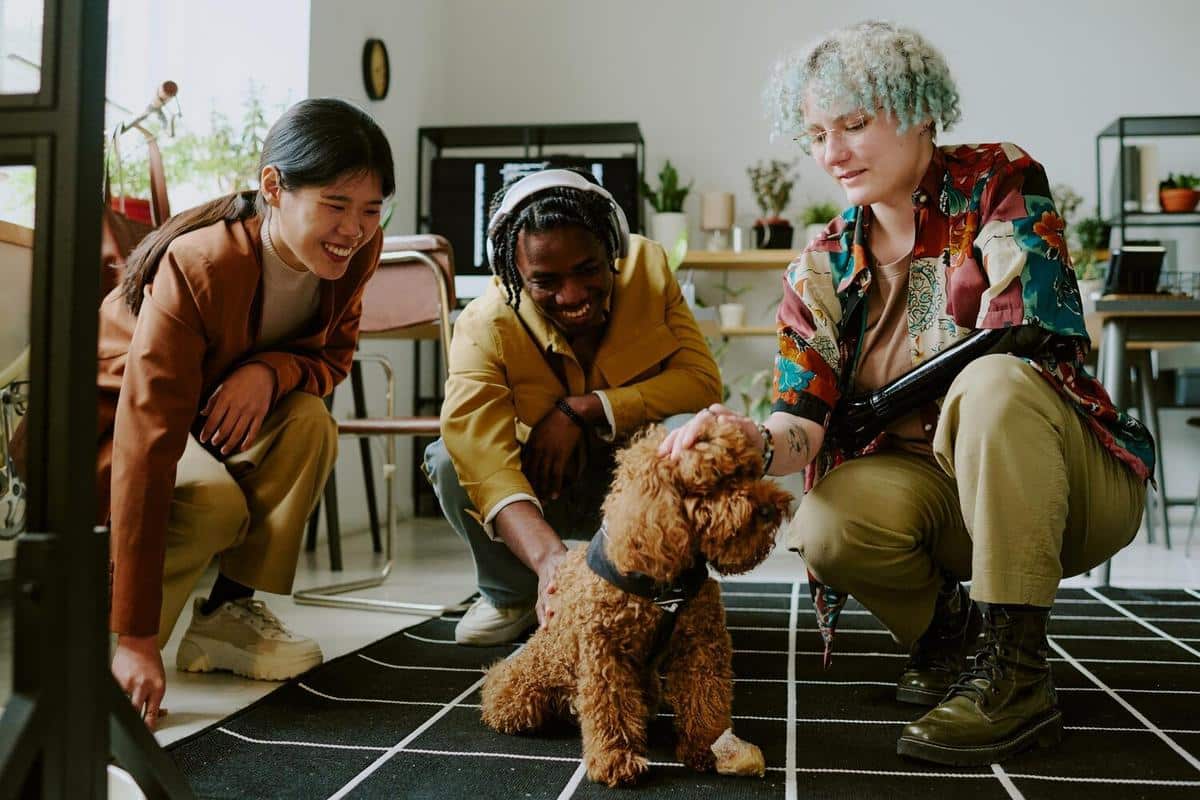
How Social Interactions Shape Pet Personalities
Have you ever wondered why some pets seem more sociable than others? The answer might lie in how social interactions influence their personalities. Understanding the role these interactions play can shed light on the behaviors we observe in our furry friends.
Social interactions significantly shape the personalities of pets, much like they do in humans. Animals, particularly domesticated pets, are highly responsive to the social environments they are exposed to. Let’s delve into how these dynamics work and what it means for our pets.
Understanding the Impact of Social Interactions
Research indicates that pets exposed to varied social interactions tend to develop more adaptable and friendly personalities. According to a study published in the Journal of Veterinary Behavior, dogs that frequently interact with other animals and humans exhibit fewer behavioral issues and a greater capacity for learning new tasks.
Expert Insights
Dr. Emily Weiss, an animal behaviorist, notes, “Socialization is crucial in preventing behavioral problems in pets. Early exposure to diverse environments and interactions can lead to well-rounded adult animals.” Her insights highlight the importance of nurturing social experiences from a young age.
Statistics: The Numbers Behind Socialization
| Interaction Type | Percentage of Behavior Improvement |
|---|---|
| Regular Human Interaction | 70% |
| Interaction with Other Pets | 60% |
| Exposure to New Environments | 50% |
| Structured Training Sessions | 80% |
| Playtime Activities | 65% |
| Enrichment Toys | 55% |
| Social Playgroups | 75% |
| Daily Walks | 85% |
Personal Anecdotes: A Tale of Transformation
Consider the story of Max, a once-timid rescue dog who blossomed into a confident pet through regular socialization at a local dog park. His owner observed a marked improvement in his behavior after consistent interactions with other dogs and people.
Actionable Tips for Pet Owners
- Start socialization early: Introduce your pet to various environments and social settings while they are young.
- Encourage playtime: Regular play with other pets can improve social skills.
- Enroll in training classes: These provide structured social interaction and learning opportunities.
- Use positive reinforcement: Reward your pet for engaging in social activities to encourage more of such behavior.
Frequently Asked Questions
How does socialization affect my pet’s behavior?
Socialization helps pets develop better coping mechanisms and reduces anxiety, leading to a more well-behaved pet.
At what age should I start socializing my pet?
It’s best to start socializing your pet as early as possible, ideally during their first few months of life.
Can older pets benefit from socialization?
Yes, while it may take more time, older pets can still benefit greatly from increased social interactions.
Conclusion
In summary, social interactions play a pivotal role in shaping pet personalities. By understanding and facilitating positive social experiences, pet owners can nurture well-adjusted and happier animals. Encourage diverse social interactions to witness a remarkable transformation in your pet’s behavior.